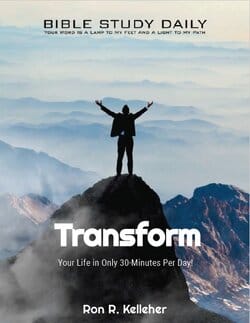Name
The title “2 Timothy” comes from the intended audience designated in 1:2, “To Timothy, my dearly loved son.” The body of the epistle makes it clear that Paul’s intended audience is Timothy, with the expectation that Timothy will teach others what Paul is teaching him in the letter.
Author
Paul explicitly claims the authorship of 2 Timothy in 1:1.
Externally, many early church fathers attribute the book of 2 Timothy to Paul, including Irenaeus, Tertullian, Clement of Alexandria, Polycarp, and Clement of Rome.
Note: Pauline authorship of the pastoral epistles (1 & 2 Timothy and Titus) remained unchallenged until the early 1800’s when liberal scholar J.E.C. Schmidt denied they were authentic to Paul. None of Schmidt’s claim’s supporting his argument of non-Pauline authorship holds up under scrutiny.
Genre
Epistle
Literary Form
The epistle to the 2 Timothy is a personal letter that includes sections of encouragement and instruction.
Time Frame
Most conservative scholars believe 1 Timothy was the first of the Pastoral Epistles to be written with Titus, and 2 Timothy written shortly before Paul’s death in A.D. 67.
Paul had been recaptured and was again in a Roman prison when he wrote 2 Timothy.
Emphasis
The purpose of 2 Timothy is described in 2 Timothy 2:15: “Be diligent to present yourself approved to God, a worker who does not need to be ashamed, rightly dividing the word of truth.”
Therefore, Paul’s emphasis is on instructing Timothy. It is a personal epistle teaching individual responsibility and proper behavior, it is ecclesiastical epistle teaching on issues of the church, and an apologetic epistle teaching on the end times.
Outline
- Greeting, salutation, and thanksgiving (1:1-7)
- Paul’s charge to Timothy (1:8-12)
- Exhortation to not be ashamed of the Gospel (1:8-12)
- Exhortation to be loyal to the faith (1:13-18)
- Exhortation to be strong in grace (2:1-13)
- Description of a good Christian worker (2:14-16)
- Exhortation to prepare for difficulty (3:1-9)
- Paul’s strong charge to Timothy (4:1-8)
- Paul’s final instructions to Timothy (4:9-18)
- Concluding benediction (4:19-22)


